On the Internet there are more than a dozen websites dedicated to each motorist’s theme: “What radar does the traffic police use and how to deceive them?”
We offer a short (as far as possible) summary of data on the 10 most common devices for determining the speed and try to formulate recommendations for “fighting” with them.
1. ARENA
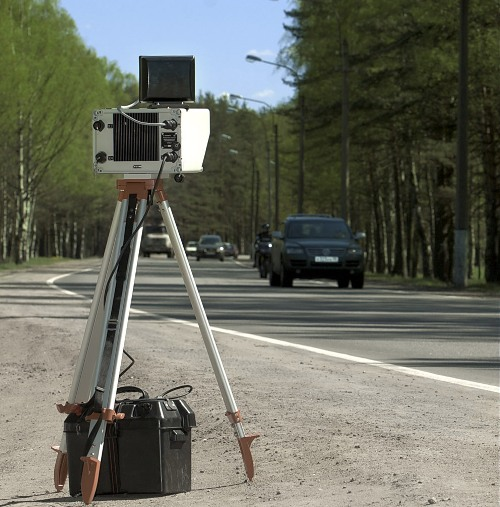
Range up to 1.5 km
The range of measured speeds is 20-250 km / h
Operating frequency 24.15 ± 0.1 GHz
ARENA is both stationary and mobile – installation takes a little time. The difference between ARENA and other complexes is the possibility of photographing a vehicle at the moment of speeding. The distance of the radio channel is up to 1.5 km. Naturally, in the presence of interference, it is reduced.
As a rule, radar detectors can operate at once in several ranges. For example, the Highscreen Black Box Radar-HD (DVR with built-in radar detector) has the following ranges:
X-band 10.525 GHz ± 25 MHz
K-band 24.150 GHz ± 100 MHz
Ku-band 13.450 GHz ± 100 MHz
Ka-narrow band 33.890 ~ 34.11 GHz
Ka-low band 34.190 ~ 34.410 GHz
Ka-wide band 34.700 GHz ± 1300 MHz
Accordingly, the Highscreen anti-radar recorder will warn about approaching ARENA, Berkut, BINAR, VIZIR, ISKRA and some other less common models.
2. AMATA

Range up to 700 m,
The number plate is determined from 15 – 250 m.
Range of measured speeds is 1,5-280 km / h
Amata is a laser radar. To use it, inspectors do not even need to get out of the car. The use of laser technology makes it possible to obtain images of good quality in conditions of poor visibility. Does not affect Amata and low temperatures – in the winter it works no worse. Amata captures not only speeding, but also other offenses: the intersection of a solid strip, the passage to a red and overtaking in the wrong place.
Conventional radar detectors do not respond to the laser. However, many modern models are equipped with special laser receivers. For example, in the radar detectors of the Inspector RD X2 Gamma and the Escort RedLine, a Quantum Limited receiver is used that captures the radiation in a range of 360 degrees.
3. BARRIER
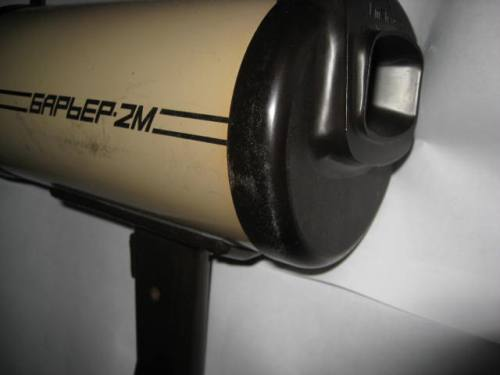
The range is from 300 to 500 meters.
The range of measured speeds is from 20 to 199 km / h.
Operating frequency 10.525 GHz
To date, in operation 2 types of radar: Barrier-2M and Barrier 2-2M. The first works exclusively from the on-board network of DPS vehicles, the second one has an autonomous mode. “Barrier” operates in the X-band, the error of the “Barrier” speed meter is ± 1 km / h. It is determined by almost all radar detectors.
5. BERKUT
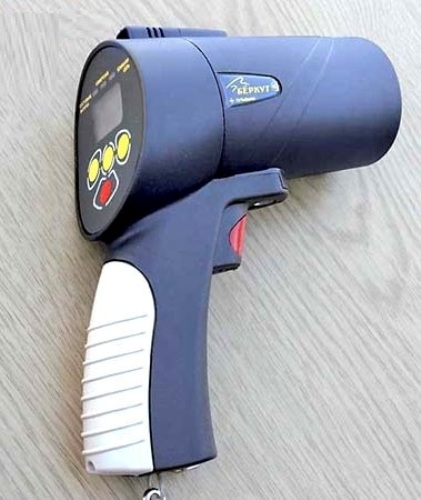
Range not less than 400 meters
Range of measured speeds from 20 to 250 km / h
Operating frequency 24.15 ± 0.01 GHz, K-band.
“Berkut” works in the K-Pulse range. Photo and video fixation can not be carried out, but it is equipped with fiscal memory – it allows you to record up to 700 offenses per day with radar.
6. BINAR

Range not less than 300 m
Range of measured speeds from 20 to 300 km / h
Operating frequency 24.15 ± 0.10 GHz.
Binar is equipped with two video cameras. One fixes the general picture of the offense – a car, a section of the road and other traffic participants, the second – takes close-up license plates and other small details of the vehicle.
7. BUTON
Range of action 25 m
Range of measured speeds up to 120 km / h
One of the novelties, the so-called “alkolaser” for identifying drunk drivers. It gives the inspector the opportunity to find out the contents of the auto vapor of ethyl alcohol at a distance. The laser beam emitted by Buton penetrates through the windshield into the cabin, determines the spectrum of ethanol vapor and, in case of high concentration, transmits the signal to the console. The transfer is provided by the Wi-Fi channel.
8. VIZIR and VIZIR 2M
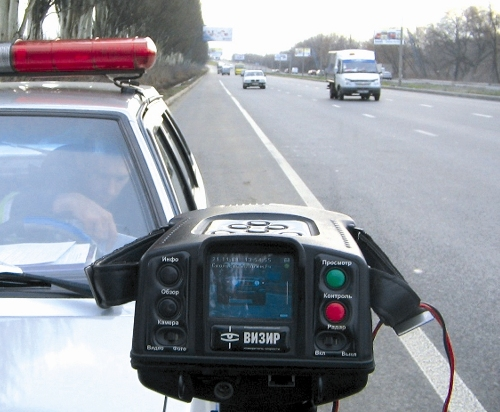
Range up to 400 m
Range of measured speeds from 20 to 150 km / h
Operating frequency 24,150 ± 0,1 GHz
“Viziers” are one of the most common traffic police radars. Characterized by accuracy of readings, resistance to low temperatures and any weather conditions. Can determine the speed of transport only in one direction – passing or oncoming.
9. ISKRA, Iskra-1, Iskra-1B, Iskra-1D
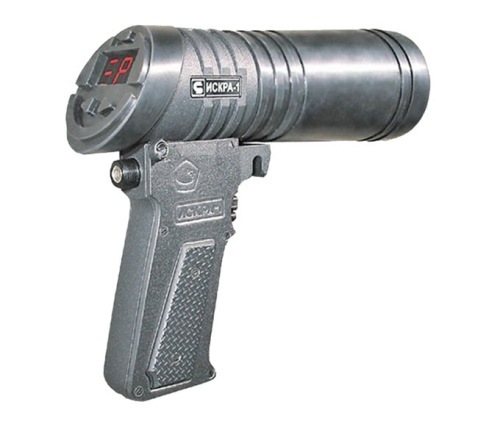
Range not less than 400 m
The range of measured speeds is 20-250 km / h
Operating frequency 24.15 ± 0.1 GHz, K-band
Iskra-1 is the basic model. It is used both with the bracket, and with the hands on highways with high traffic. The inspector, armed with Iskra-1, has the opportunity to choose the direction of the movement of the objects under investigation.
The Iskra-1V radar is designed for stationary work on roads with little traffic. There is no direction selection function, so the use is limited to sections with a single direction flow.
The “Iskra-1D” and “Iskra-1D Lux” (lux) systems operate both in a stationary mode, and in motion for passing and oncoming targets.
10. LISD, LISS 2M and 2F
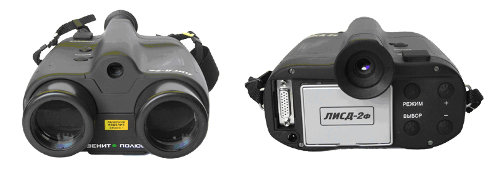
Range of 5999 m
Range of measured speeds 0 to 250 km / h
To measure the speed, a laser is used. The meter is equipped with sensors, through which the inspector can automatically detect the vehicle, measure the speed, distance and record the time of events. LISD measures all the indicators regardless of the density of the flow of cars and weather conditions.
11. PKS-4
Operating frequency 24.16 ± 0.1, GHz, K-band
The PKS-4 system is a post for monitoring the speed of cars. Such a device consists of a complex of video cameras that are combined with a detector, it operates by means of a pulsed mode, at a K-band frequency of 24.16 gigahertz plus 100 megahertz.
PKS-4 measures the speed of vehicles only in one row. All information (photos, speed readings) is displayed on the computer screen and can be printed. As a rule, radar detectors do not have time to warn about approaching PKS-4 in advance.
12. ARROW ST 01
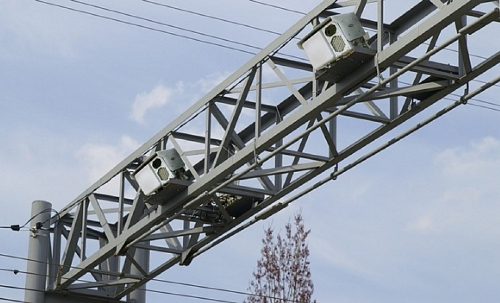
Range of action 50-1000m
Range of measured speeds from 5 to 180 km / h
Operating frequency 24.15 GHz
ARROW is still one of the most “advanced” video radar in the arsenal of the State Traffic Safety Inspectorate. The ARROW is equipped with a unique video fixing camera, which tracks the violation from a distance of up to 1 kilometer. Unlike most radars, the ARROW tracker tracks not only the intruder car, but the entire transport stream as a whole, processing immediately the entire section of the road within 1 km in both directions.
At the same time, the Strelka-ST radar system captures not only speeding, but also other traffic violations, for example, forced departure to the side of a road intended for oncoming traffic or for the movement of route vehicles.
The plans for the end of 2014 include the installation of at least 2,000 Strelka-ST complexes throughout Russia.
None of the radar detectors are triggered by the STALK-ST radar with 100% probability. The easiest way to not become a “victim” of an invisible radar is to know for sure about its location. The radar detector Inspector RD X2 Gamma with GPS-module has a pre-set base of coordinates of all “Shooter-ST”. When the driver approaches the location of one of these radars, the Inspector RD X2 Gamma warns the driver of the threat. The base “Shooter” is regularly updated and is available for download at www.rg-avto.ru.
However, the most reliable, we can say, failure-free way to not be fined and not get a “letter of happiness” with a fine is still one: do not violate the rules of the road.
